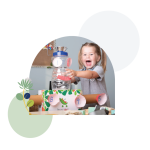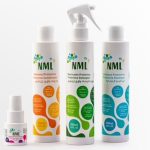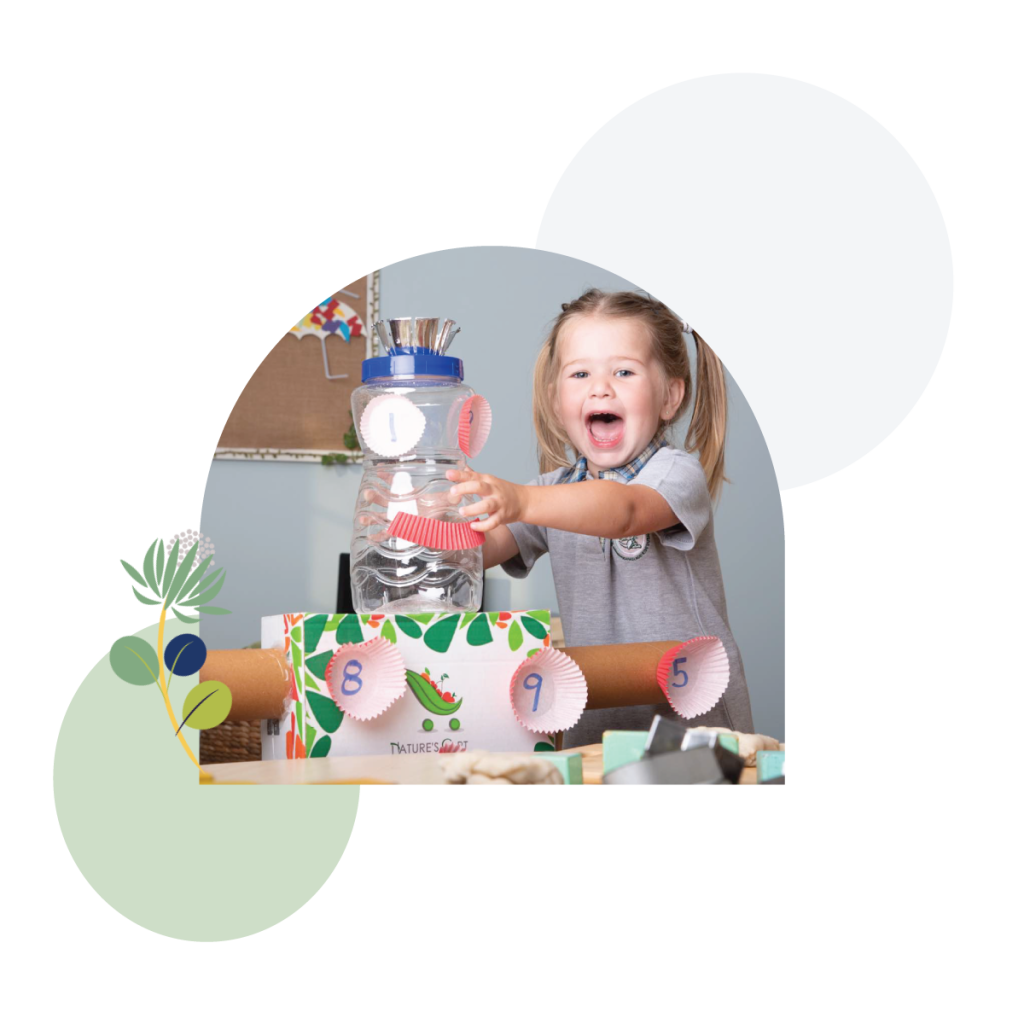Effective Communication Strategies In Nursery School Teaching
Effective communication in nursery school teaching involves the exchange of information and ideas between the teacher and students that promotes learning and understanding. As a nursery school teacher, it is important to have effective communication strategies in order to create a positive and engaging learning environment for young children. Here, we will discuss some effective communication strategies that can be used in the best nurseries in Dubai.
Active listening:
Active listening is the process of fully concentrating on what someone is saying and trying to understand their perspective. As a nursery school teacher, active listening involves giving your full attention to the child, maintaining eye contact, and asking open-ended questions to encourage further conversation. This strategy helps children feel valued and heard, promoting self-confidence and language development.
Clear and simple language:
Nursery school children have limited vocabularies, so it’s essential to use clear and simple language when communicating with them. Avoid using complex sentences or technical jargon that may confuse young learners. Instead, break down instructions into small steps, use visual aids, and repeat key phrases to reinforce understanding.
Non-verbal communication:
Non-verbal communication is just as important as verbal communication in nursery school teaching. Facial expressions, body language, gestures, and tone of voice all contribute to how messages are received by children. A warm smile, encouraging nod, or enthusiastic clap can help create a positive learning environment and motivate children to engage in activities.
Positive reinforcement:
Positive reinforcement is a powerful communication tool that reinforces good behavior and encourages children to continue making progress. When praising children, focus on specific actions or behaviors rather than general compliments. For example, instead of saying “good job,” say “I like how you shared your toys with your friend.”
Use of visual aids: Visual aids such as pictures, charts, and flashcards can help support children’s understanding of new concepts and ideas. They provide a visual representation of abstract concepts and make learning more engaging and interactive.
Open-ended questions: Open-ended questions promote critical thinking and creativity. Encourage children to express their thoughts and feelings by asking questions that require more than a yes or no answer. For example, ask “what do you think would happen if…” instead of “do you think…?”
Regular feedback: Regular feedback is essential for children’s growth and development. Provide constructive criticism that focuses on specific areas for improvement while also acknowledging strengths and achievements.
Collaboration with parents: Collaborative partnerships with parents play an essential role in supporting children’s learning and development. Keep parents informed about their child’s progress through regular updates, parent-teacher conferences, and open dialogue.






